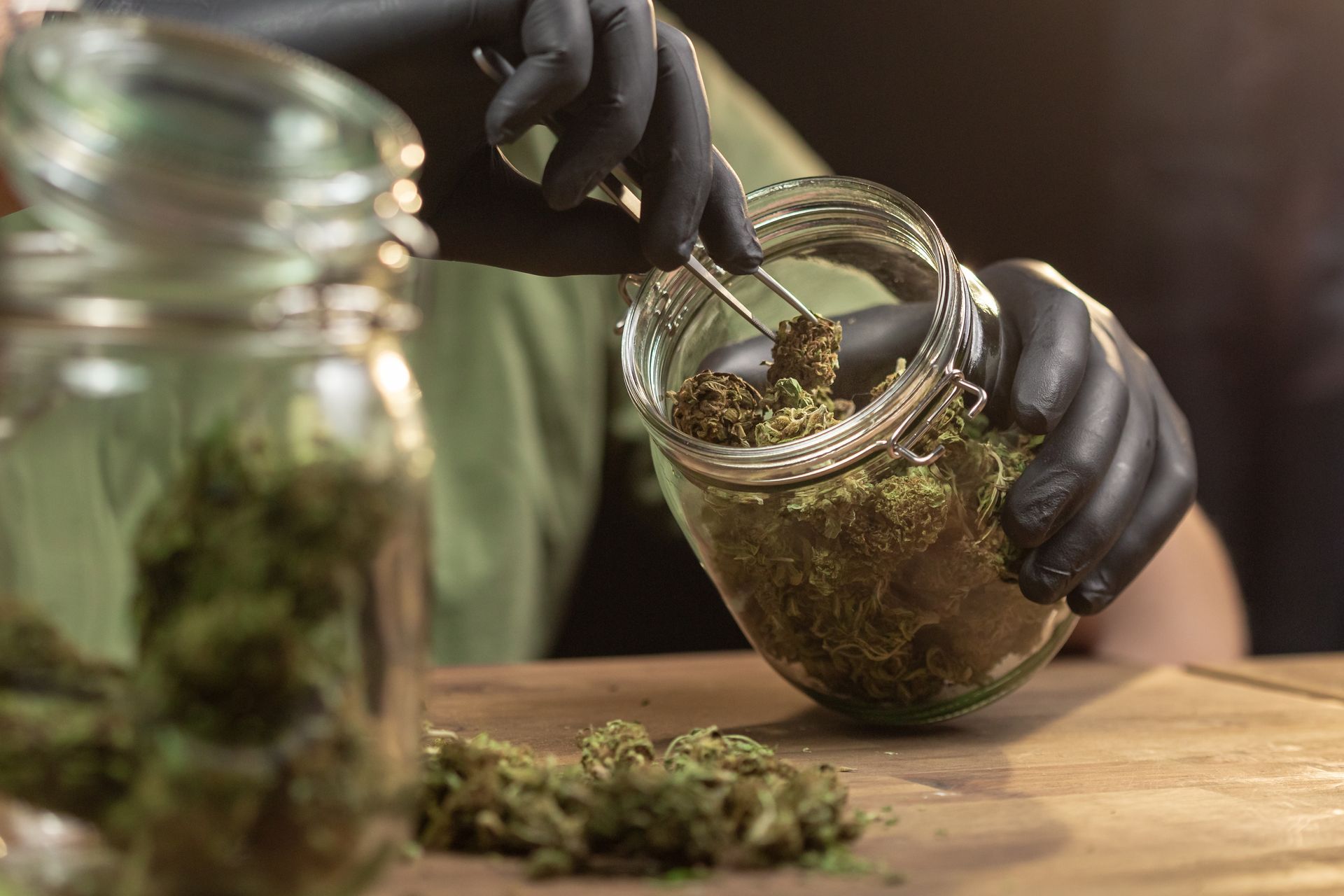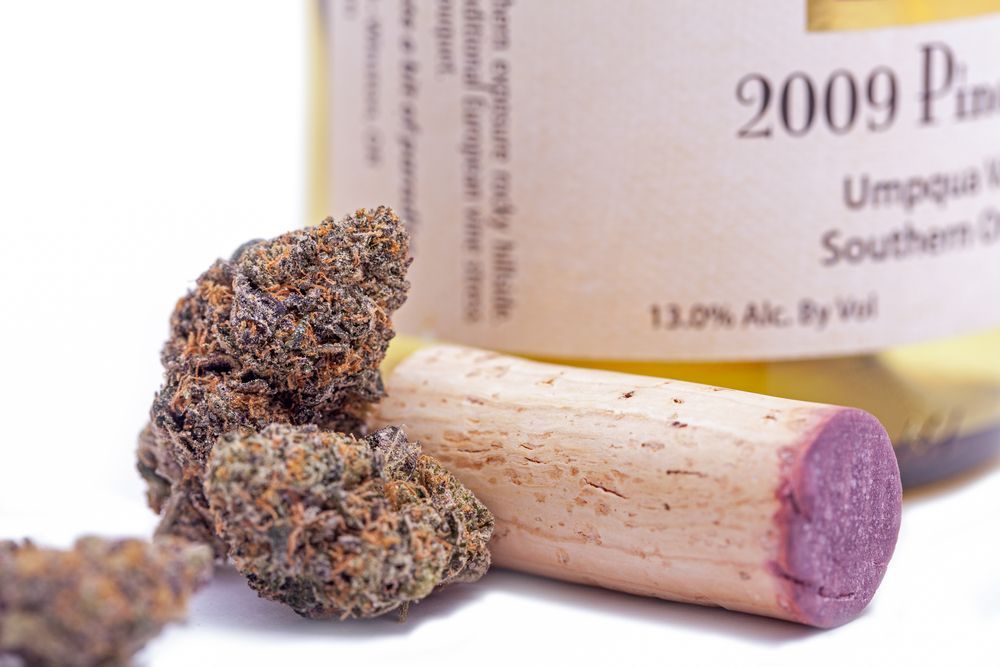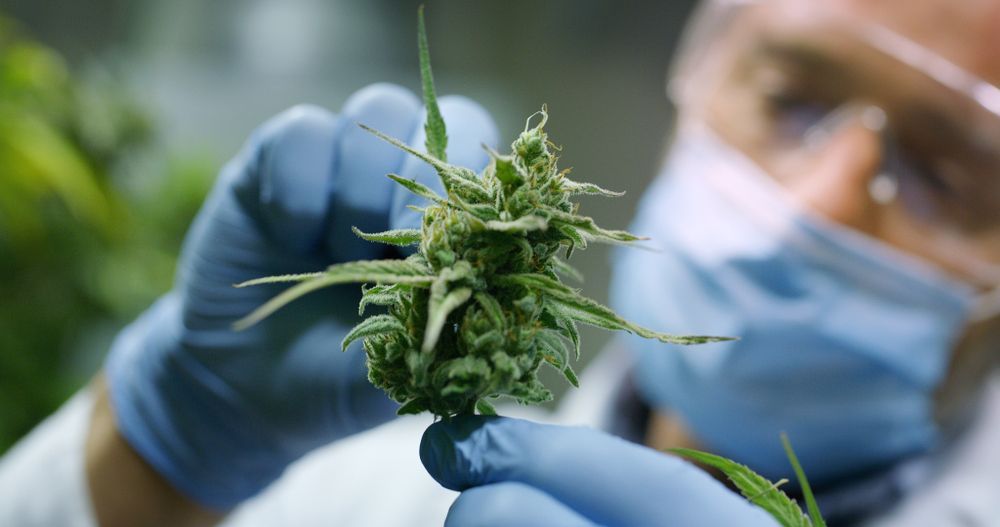Popular Cannabis Slang Origins — Where Did All the Names for Weed Come From?
If you want to be technical about it, the proper Latin name is either cannabis sativa or cannabis indica , and it’s been in use for over eight thousand years. Whether you call it weed , ganja , or marijuana , you’ve probably wondered where all this different cannabis slang came from. Some were the result of people discovering Mary Jane independently of each other, some came about through the intermingling of those cultures, and others developed as a kind of code to keep the purchase and consumption of “grass” a secret during Prohibition. Let us take you on a tour of some terminology you might hear when people talk about weed.
Weed
The first use of the term weed to refer to the reefer was in 1929, when the quarterly journal American Speech included it in their “Among the New Words” column as meaning, “ marijuana cigarette.” In 1932, the Chicago Defender reported, “The humble ‘reefer,’ ‘the weed,’ the marijuana, or what have you by way of a name for a doped cigarette has moved to Park Ave. from Harlem.” By calling it weed , people could speak freely about the plant at a time when its criminalization was being publicly debated.
But did you know…cannabis is not actually a weed! “Weed” isn’t the name of any specific family of plants. It really just refers to a plant that is unwanted in a given context. Clover is considered a weed for people who like nice, trim lawns, but it’s a cash crop for honeybee farmers. You could only call cannabis a weed in the conventional sense if you found a lot of it growing where you didn’t want any, in which case, did you know it’s legal to grow up to four plants for personal use?
Ganja
Sometimes a term for weed is the result of some cool cross-pollination. You’ve probably heard of ganja relating to Rastafarianism, but that’s not where it started. The word ganja actually originates from Sanskrit , and it referred to a plant consumed by the Hindu god Shiva. In 1833, Great Britain started transporting laborers from India to all sorts plantations, sending over 30,000 to Jamaica. These indentured servants worked in the fields alongside former African slaves and shared their spiritual practice of smoking ganja.
This observation of cannabis as a religious rite combined with the Jamaicans’ desire to resist oppressive societal structures and led directly to the development of Rastafarianism in the 1930s. Ganja is still the preferred terminology in many Reggae songs that celebrate its use and call for its widespread legalization.
Marijuana
Ganja isn’t the only term with history, and marijuana’s past is far from pleasant. Over the course of the bloody ten-year Mexican Revolution (1910-1920), many refugees fled to the Southwest United States to escape the violence. Searching for stability and employment, they found jobs in mining and agriculture. In the fields and the mines, other workers introduced them to a pleasant way to pass the time with a little bit of bud in their pipes. The Mexican Spanish word for cannabis is marihuana , and U.S. politicians who wanted to demonize the drug latched onto the exotic-sounding variation, marijuana.
Cannabis was already widely available in a variety of tinctures and other legal medicines, but the use of the term marijuana made it sound like a different drug altogether. Harry J. Anslinger launched massive campaigns against this “loco weed,” sowing fear and misinformation into the public mindset, leading ultimately to full-on Reefer Madness.
Pot
Pot, on the other hand, is completely harmless. Maybe you prefer just pot to marijuana or ganja. It’s short, it’s sweet, but it doesn’t seem to make a lot of sense, does it? A pot leaf doesn’t actually look like a pot in any way, pots aren’t used in its preparation (except maybe in the traditional Indian beverage bhang , or modern cannabis oil extraction methods,) so where does the name come from?
Although its origin is a little more mysterious than other slang terms, pot probably comes from a Mexican Spanish word, potiguaya, which is a portmanteau of “potación de guayaya,” meaning “drink of grief ”. This medicinal elixir was prepared by steeping cannabis buds in wine, —at least, according to the Oxford English Dictionary. Chester Himes wrote, “She made him smoke pot and when he got jagged…she put him on the street” in his 1938 short story, The Way We Live Now . You wouldn’t believe how many articles we had to read to find this reference, but we know our stuff.
Joint
By now, everyone knows a joint refers to a marijuana cigarette, but this is another term with a disputed origin. The European practice of making a marijuana cigarette originally meant combining hash with tobacco to keep it burning. In Old French, jointiz meant “close together,” or “joined,” so it could be a reference to this method of combination.
By 1877, joint had also become slang for a building or place, and began to refer specifically to opium dens in the United States around 1883. Opium users started calling their drug paraphernalia their joint , so it’s equally possible that the terminology just carried over.
A third explanation is even more literal. Cigarette rolling papers are often joined to make a longer smoke,—a joint —and if it was rolled poorly, the result would look kind of like an elbow joint. There are many reasons to call them joints.
“A pinched-off smoke, or a stub, is a roach ,” according to Meyer Berger, who was the first writer to use the term , writing about the fast-paced and ever-changing world of cannabis slang in Harlem in 1938. Roach may be so-called because of its physical resemblance to the common cockroach, but it could also be a reference to a small fish from the carp family. Who knows!
Bong
This is the most literal cannabis terminology. It’s a direct transliteration of the Thai word baung , meaning “cylindrical wooden tube”. In the 1944 Thai-English Dictionary, (yes, we also looked up a historical Thai dictionary to get you accurate information), it is described as “a bamboo water pipe for smoking kancha, tree, hashish, or the hemp-plant.” It started to catch on in America when Vietnam War veterans brought the practice back with them from their time in the service.
Now, bongs are made from a wide range of materials like silicone, glass, and acrylic, but they all expand on the same premise of a cylindrical tube filled with water, a bowl to hold the cannabis as it’s ignited, and a down stem to carry the smoke through the water chamber, filtering and cooling it for more comfortable consumption. You can read more in our article about the different ways people use weed.
Conclusion
There are about twelve hundred more slang words for marijuana, but these are the ones we like the most. You’ll notice that, here at Pot Mates, we prefer cannabis to all the alternative cannabis slang. It’s specific, accurate, and doesn’t stigmatize any specific groups of people. It is also easier to say after a you’ve had a few hits. Say, ““potación de guayaya” three times fast! What words do you use to describe cannabis? Did we miss any that should be included in this list?
Learning new things burns calories, so if you need to replenish your store, our list of the best foods to eat when you have the munchies is a good place to go. Just remember, the four real food groups are sweet, salty, chewy, and crunchy. Mmmm, like honey roasted peanuts.





